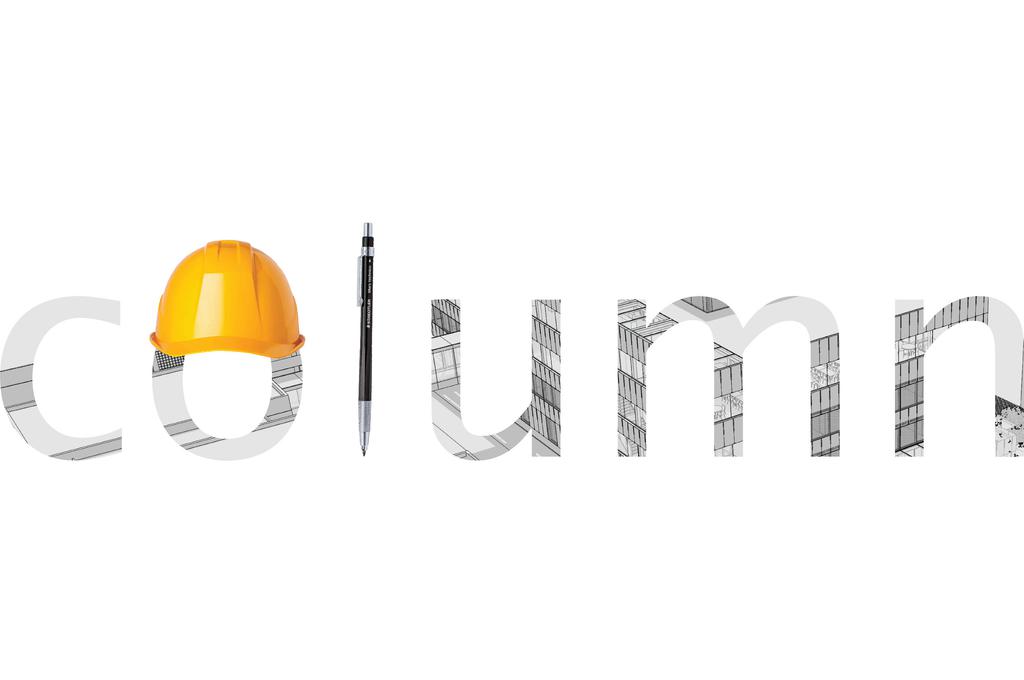"We only build what is drawn." I hear this more and more often in the run-up to a large construction project, sometimes in tenders based on TD (technical design) but certainly in construction team tenders on design documents. For a client or designer, this sounds good: what is contracted is built, whereas in the past, the ultimate quality limits of 'equivalence' were often sought in specifications.
Nevertheless, this position proves to be cause for caution. There is a good chance that a game between design and implementation responsibility is rigged with an oversimplification of the design and construction process. A contract document or even a UO (design for execution) drawn up by the designers is normally only regarded as a starting point for the preparation for execution, not as the end product. While the run-up to the implementation is a crucial phase in which suppliers are procured, detailed engineering is done and production drawings are made.
It is precisely in this phase that strong management with a great deal of coordination and fine-tuning is needed to achieve a good construction process and building. At such times, the 'we only build' contractors are actually saying that these activities belong to 'engineering' - i.e. design - and are not their responsibility. Requirements about airtightness and fire resistance, for example, should be resolved by the designers in the drawings, because securing these during construction is not seen as a primary responsibility.
Is this attitude an aftermath of the risky tenders during the construction crisis ten years ago? Is it a consequence of the current shortage on the labour market, as a result of which experienced work planners are scarce and a narrower interpretation of the task shifts this work off the plate? Or is it an interesting earnings model because you move from a contracted job to a billable job - a situation in which every detailed adjustment (sometimes almost at the level of a screw or a rubber) becomes the basis for difficult cost discussions.
At a time when we are facing major challenges due to high energy costs, material scarcity, the nitrogen dossier and circular construction, integral cooperation within the chain seems crucial to me. And the stretching of the boundaries and narrowing of the interpretation of tasks is a dead end.
Ronald Schleurholts, architect-partner cepezed
Cobouw, May 5th 2022
more columns
Alleen maar bouwer
